Changing of the Gard-en
As our winter growing season ends, it’s time to start making room for the garden stars of summer.
The old arugula, beets, lettuce, cilantro, kale and other brassicas that carried us through the winter must vacate to make room for tomato, pepper, eggplant, corn, basil, squash, okra, melons…(my mouth is watering just thinking about them!)
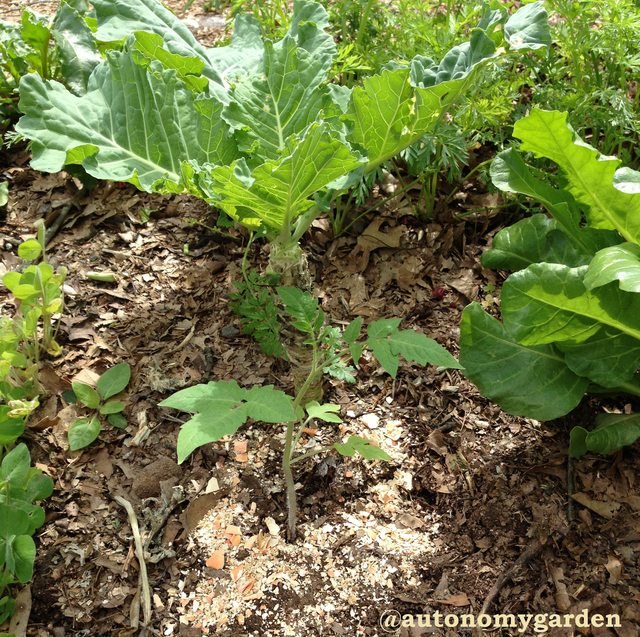
But during this window of change, some tough decisions must be made. Many of the winter crops are still productive and will provide several more weeks of harvest if left to do so. The broccoli is still sending out many small side shoots long after the main heads have been harvested and the lettuce, kale, and spinach are providing healthy portions of salad for three about every other day!
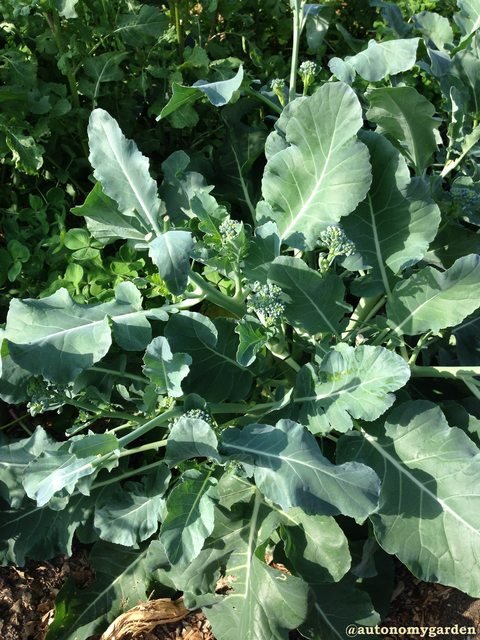
Other winter crops have reached the twilight of their lives. The cilantro and arugula are starting to bolt (go to flower/seed), so I’ve switched from cutting leaves as needed to harvesting the entire plant. This is freeing up some garden space to gradually work in the new season’s crops.
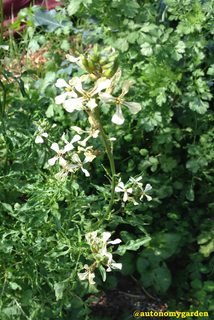
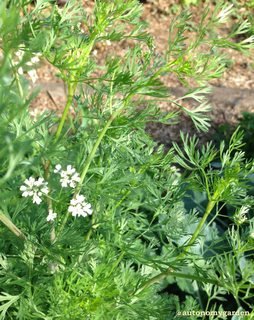
For the other plants, their falling productivity must be weighed against the value of time and space needed by the summer crop. It doesn’t have to be done all at once. In fact, I think it is better to slowly rotate in the summer plants over a few weeks – say, 20% to start, 30% after a week, and the remaining a week after that. This way, if a late frost hits, all the tender seedlings are not completely wiped out. I start by removing the plants that appear least healthy or getting ready to bolt.
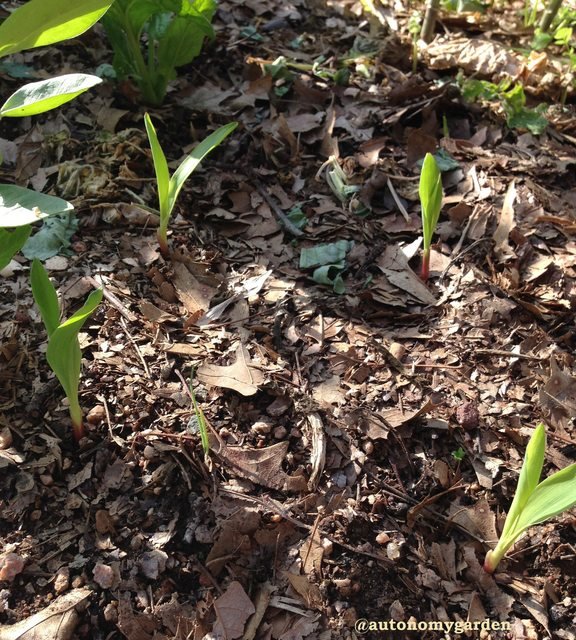
If there’s enough room in a square foot currently being occupied, I simply plant the seedling a few inches from the mature plant. Since I do not disturb the layers of soil by pulling out roots (unless harvesting carrots or beets), I only need to clip the older plant at the base just above the topsoil. The decaying roots will feed and aerate the soil around the seedling.
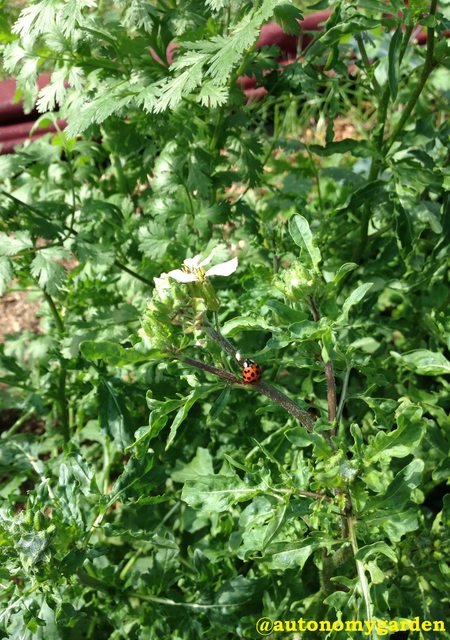
How well does this work?
Though it seems a bit more tedious and requires more time than simply removing and replanting all at once, this technique does have its benefits. In addition to providing a perpetual harvest through the seasons, leaving a mix of mature growth along side the new plantings ensures there is diverse shelter for various predatory insects working hard as organic pest control. These garden allies have time to migrate to the new plantings as opposed to a sudden eviction from the garden if the entire old crop were removed at once. Slow change, just like the flow of the seasons.
Thanks for letting me share and all the best in helping our gardens transition into spring and summer!
All photos and content posted above are original taken from my garden and are free to use.
Upvoted by @gardening-trail
Thank you for following and upvoting @gardening-trail
Read our guidelines here. Join us In the Gardening-Trail and let's discuss Gardening Related Topics